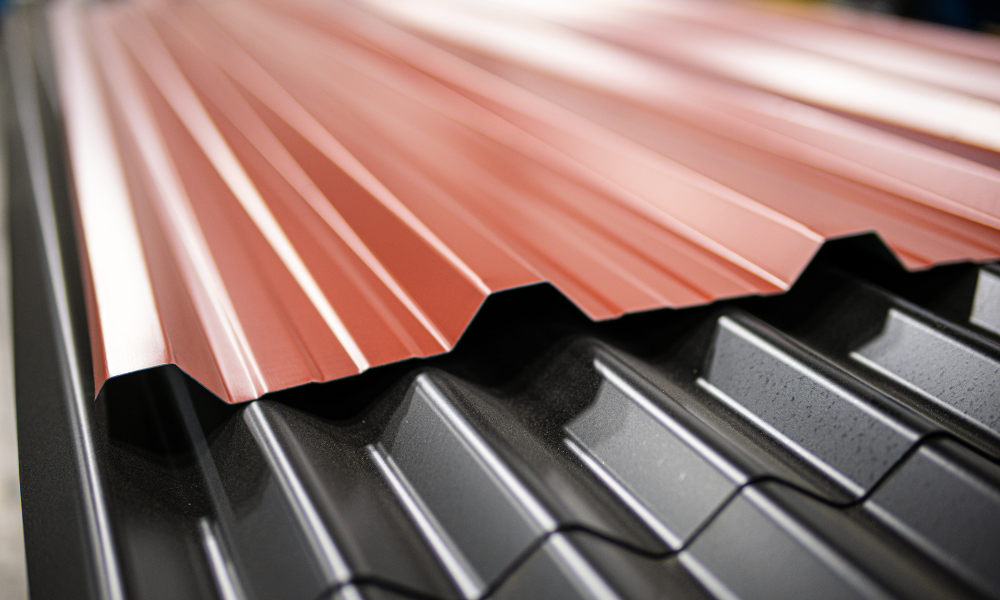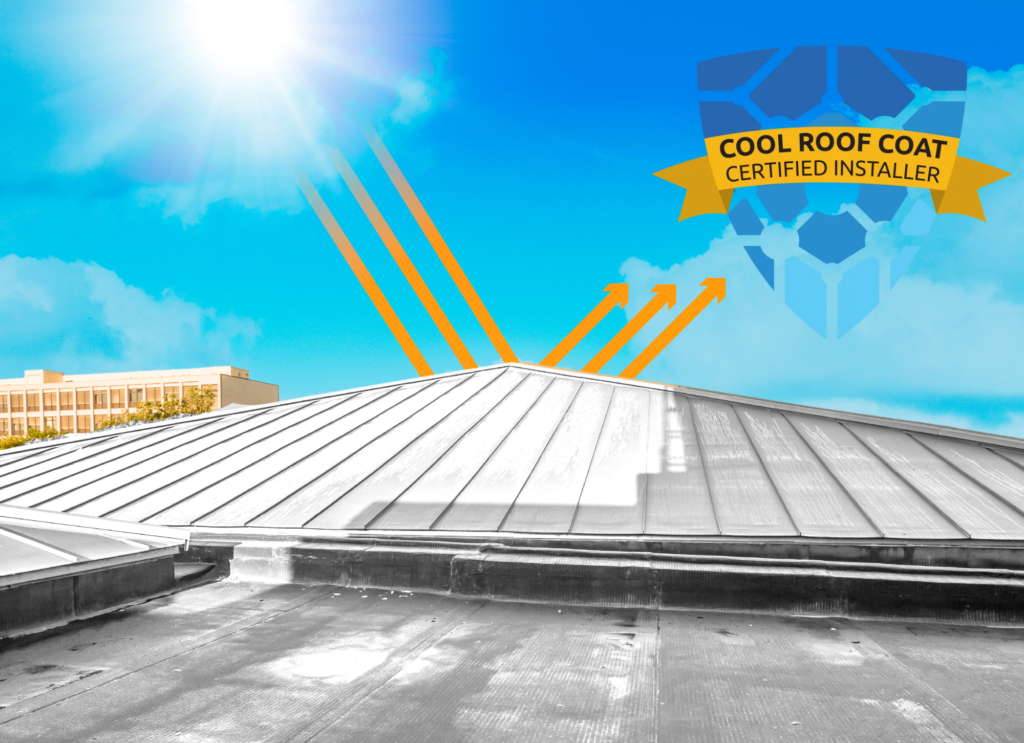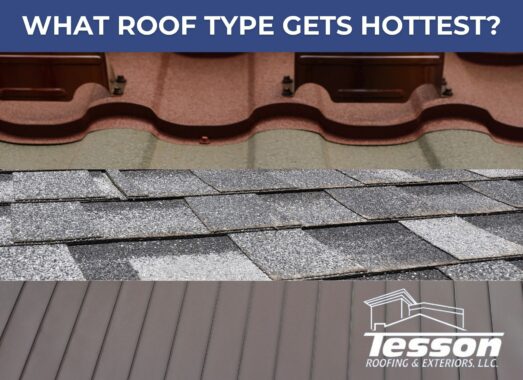The roof type that tends to get the hottest is one that has a dark color, low reflectivity, and poor insulation. Dark-colored roofs, such as those made from materials like metal with dark coatings, absorb a significant amount of sunlight and convert it into heat. This heat is then transferred to the building’s interior, raising the indoor temperatures and potentially increasing the need for air conditioning. Additionally, such roofs can contribute to the urban heat island effect, where urban areas become significantly warmer than their surrounding rural areas due to the absorption and retention of heat by buildings and pavement.

Cool roof coatings are designed to mitigate this heat absorption and reduce the energy consumption associated with cooling systems. These coatings are reflective and have high solar reflectance, which means they reflect a larger portion of the sunlight and absorb less heat. They also have high thermal emittance, which allows them to radiate absorbed heat more efficiently.

Cool roof coatings can reduce heat both inside and outside commercial buildings in the following ways:
- Reduced Heat Absorption: Cool roof coatings reflect a larger proportion of the sun’s energy, preventing the roof from becoming excessively hot. This helps in maintaining lower temperatures inside the building by reducing the amount of heat transferred through the roof.
- Lower Energy Consumption: With a cooler roof surface, the need for air conditioning is reduced. Since the building absorbs less heat from the roof, the interior stays cooler naturally, leading to less reliance on cooling systems. This can result in lower energy bills and reduced environmental impact.
- Extended Roof Lifespan: Excessive heat can cause roofing materials to deteriorate more quickly over time. Cool roof coatings can help extend the lifespan of the roof by reducing the temperature fluctuations that contribute to wear and tear.
- Mitigation of Urban Heat Island Effect: By reflecting more sunlight back into the atmosphere, cool roofs contribute to mitigating the urban heat island effect. This effect is particularly important in densely populated areas where high temperatures can have negative impacts on public health and energy consumption.
- Improved Comfort: Lower indoor temperatures contribute to improved occupant comfort and productivity, as people are less likely to experience discomfort due to excessive heat.
Cool roof coatings can be applied to a variety of roofing materials, including asphalt shingles, metal roofs, single-ply membranes, and more. They come in various formulations and colors, including white and light shades that have the highest reflectance and emittance values.
Overall, the use of cool roof coatings is a practical and environmentally friendly strategy to reduce energy consumption, decrease cooling costs, and create more comfortable indoor environments in commercial buildings, while also contributing to broader efforts to mitigate the impacts of climate change.
Do you have a metal or flat roof that would benefit from Cool Roof Coat? Tesson Roofing offers FREE estimates to our friends in St. Louis and surrounding areas! Ready to get started? Click here to Learn More or call (314) 932-1042
